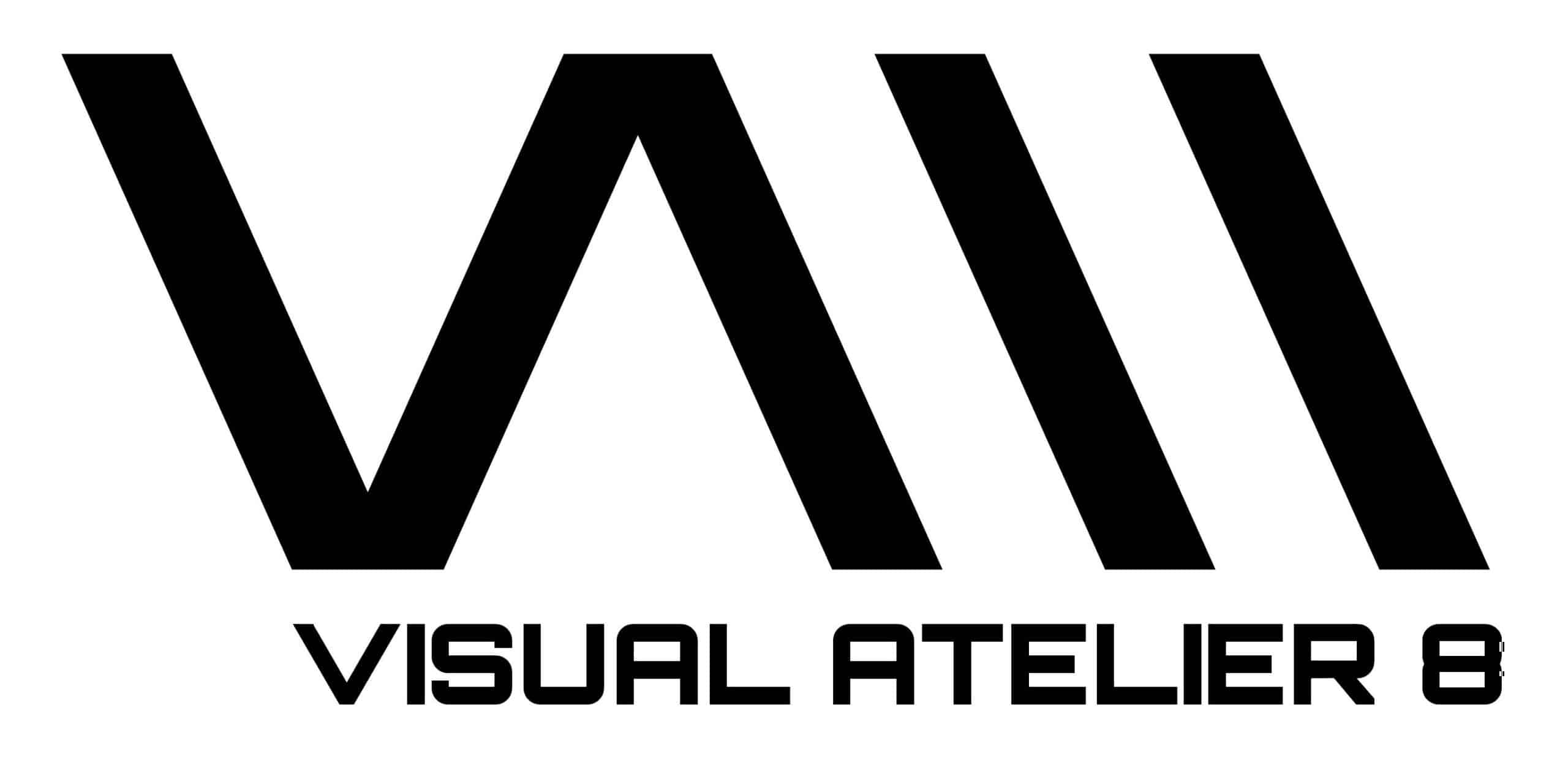
Ethan Sim’s Artistic Exploration of Memory and Identity
Ethan Sim, a Singaporean illustrator and artist now based in New York City, crafts a vivid world where the boundaries between reality and imagination blur. His artwork, ranging from ephemeral dreamscapes to detailed graphic narratives, delves into the eerie and fantastical elements of both history and contemporary life. Through these creations, Sim explores profound themes such as memory, cultural identity, mortality, and the decay inherent in urban environments.
With the highest of honors, we are ecstatic to introduce Ethan Sim as the subject of today’s exclusive interview. Sim is a multifaceted, artistic force hailing from Singapore, now living in New York City. To kick off the interview, we would love to know what your personal definition of art is? How do you determine something as having artistic value?
This is a big one to start with! Personally, I’d consider anything man-made that provokes an emotional or intellectual response through its visual characteristics to have artistic value. However, in order for something to be ‘art’, there must be that intent behind its creation. Of course, there is a distinction to be made between bad and good art, and while that’s subjective, I would say that good art tells a story, and tells it well.
Your illustrations are absolutely stellar with some very innovative perspectives, opening up a reality of unique surrealism. Could you give us some insight on how you cultivated your particular aesthetic? What aspects of it do you make sure to incorporate to make it your own?
My peculiar visual vocabulary comes from being a self-taught artist, and adopting a wide range of creative inspirations over the years. I grew up reading a lot of European and Japanese comics, and the clean, technical quality of those drawings is something that I continue to pay homage to in most of my work. These days, I draw from different genres of art from all over the world.
However, as my interest lies in exploring uncanny worlds and narratives, I’m particularly fascinated by painters such as Hieronymus Bosch, Remedios Varo and Roger Brown in how they conceal meaning and symbolism within the details of their absurd yet meticulously rendered metaphysical landscapes. I wouldn’t consider myself a surrealist, but it’s this subtle approach to visual storytelling that I try to emulate in my own practice.

We are very impressed by the series of album covers you created for shy-c’s EP “Out of my Head.” What was it like to collaborate with a musician when it came to making these chromatic visions come true? Tell us a bit about your creative process of illustrating these album covers.
It’s always stimulating to work with artists from different creative backgrounds, and my collaboration with shy-c was no different. He had a distinct vision for “Out of My Head”, which explores the desire to escape from the chaos of everyday life. As someone who works with similar themes, I thoroughly enjoyed the process of interpreting the imagery of each song in my own way, as well as finding color palettes that captured the mood of his soundscapes. The EP also evokes specific moments of shy-c’s life, and it was fun integrating them into the artwork in subtle ways. Hopefully, listeners are able to make the connection when they analyze the subtext of his lyrics.
Tell us about how you’re exploring and expanding your skills as a creative. Can you extrapolate on your interest in traditional media such as printmaking and painting? How do you plan to translate your imagery with these mediums in mind?
I’m always exploring new methods of image making, however I’m particularly fond of painting and printmaking because of the textural qualities that can be achieved through each process. Every time I undertake a new project in one of these mediums, I look for ways to push the boundaries of my imagery and practice, whether it’s by experimenting with new color palettes or compositions. Also, because I’m often working on a larger scale, I’m able to incorporate far more detail into a piece, which adds a whole new layer of depth and immersion to the world I’m trying to create or the story I’m trying to tell.

It is such a feat that you design gorgeously inspired illustrations that ooze with emotion and nuanced meaning. Specifically with the print “Memory of a Flood Grave,” can you explain how you funnelled a distant childhood memory into a scene that is so clearly layered with expressive elements?
“Memory of a Flooded Grave” was inspired by a visit to my great-grandfather’s grave with my mother. It was the first time she’d been there in many years and there was a gaping hole in the ledger, so we decided to fill it with soil and plant some flowers there. Tiptoeing through the crumbling and overgrown cemetery carrying bags of soil to the tomb of a man I’d never met; I wanted to capture the uncanniness of that moment as well as the fuzziness of the memory itself. Just like how the fractured masonry of my great-grandfather’s grave contains the vague essence of this person and the life that he led.
And regarding your painting titled “Crimson Hour,” we would love to hear more about your thoughts on the narrative you are trying to convey through this image? What could you tell us about the color scheme you used and its significance?
Crimson Hour depicts the eccentric resident of an infernal metropolis, borrowing artifacts from the past and present to envision the pursuit of solace, cultural identity and meaning in the uncertain future. This piece was inspired by the various cultural ephemera I’ve come across while living in Singapore and New York City, as well as the chaotic energy inherent to both places.
As for the color palette, I wanted to invoke the vivid hues of the Chinese paper offerings that are burned for the dead, a tradition shared between Chinese diaspora all over the world. These offerings, which serve as material gifts to loved ones in the afterlife, have over time taken the form of mansions, helicopters, and smartphones, and will continue to reflect whatever is of symbolic value to us in the future, no matter how absurd.

What was the very first experience you had with creating something artful? In what ways do you see yourself evolving since then?
The first act of creativity I can recall was in preschool, when I traced the stencil of a steam train on a piece of paper. I remember being unsatisfied with this empty shape, and filling the void with every detail of a train that I could imagine. I’ve come a long way as an artist in that I no longer rely on stencils to draw, but in some way this horror vacui and obsession with detail has remained, for better or for worse.
If you had to give some words of encouragement to aspiring artists today, what would you say to them?
Someone once said you should be making art for yourself first and foremost. And another, that art cannot exist without an audience. I hold both to be true, and I believe that finding this balance is something that every artist has to contend with.


All images courtesy of Ethan Sim, shared with permission
Ethan Sim website: www.ethansim.art

